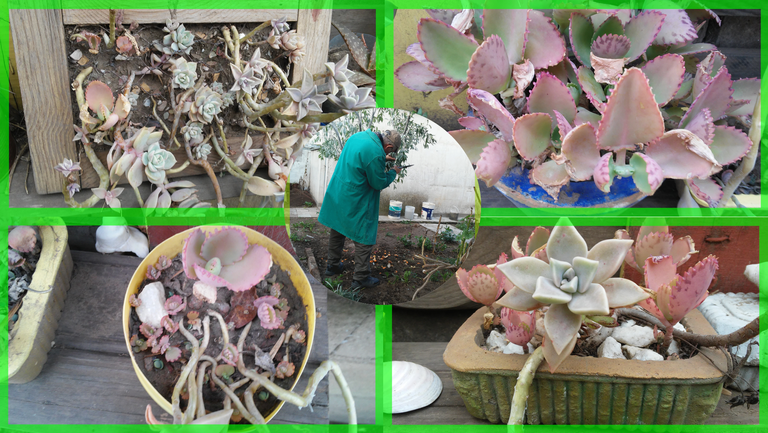
Philosophy and popular ingenuity sometimes give certain names to plants that identify them in a certain way with human beings.
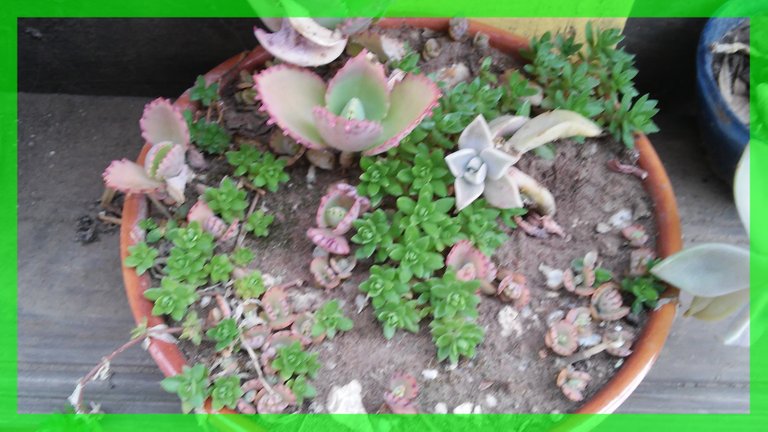
This usually happened in the past when it was very difficult to acquire certain knowledge without a specialized text, such as an encyclopedia. Let alone knowing the name of plants, animals, flowers, and everything that surrounds and makes nature itself.
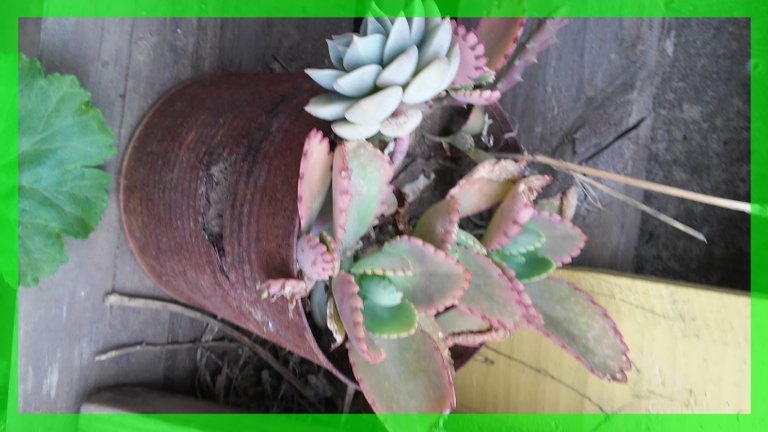
In these modern times any smart cell phone has an endless number of applications that allow to detect based on the photo what species it is with a high percentage of verisimilitude in the final result.
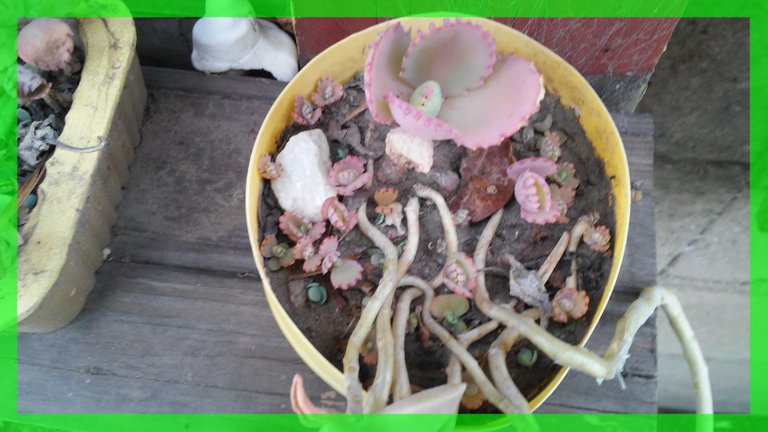
The garden plants have always had names in each country different from others, sometimes given by specialists, gardeners, garden lovers or simply people who have discovered a certain condition of the plant and from this they have renamed it.
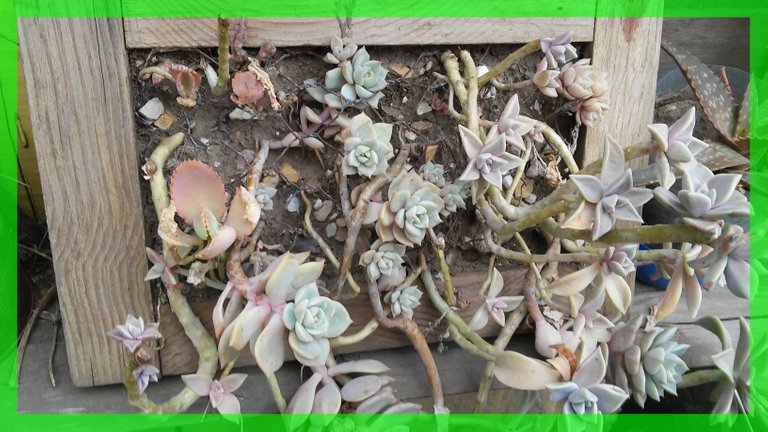
And today I am going to speak to you precisely about one of them that in my country is known with the name of "bad mother". Why this name? Because she drops her children and abandons them. At least if from the botanical point of view we understand as children those small seeds that grow in the contours of the leaf and that, by inertia, when they begin to dry, fall alone.
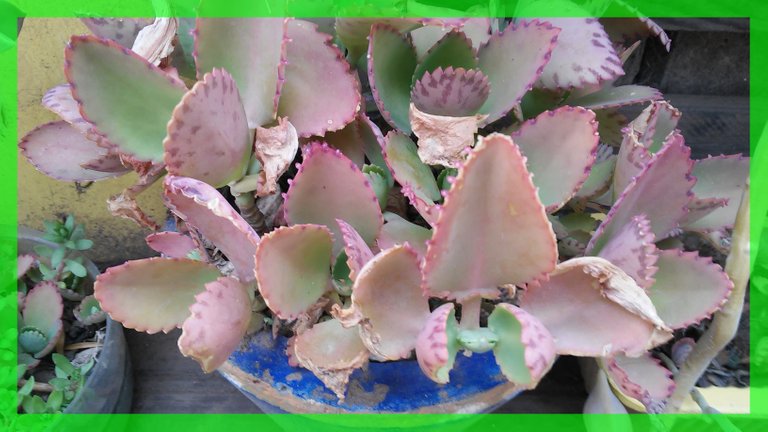
If there is a metaphor in the name, there is even more in its meaning, since when it falls on the ground automatically (or almost) it reproduces and generates a new plant, for this reason of "bad mother" it has really little...
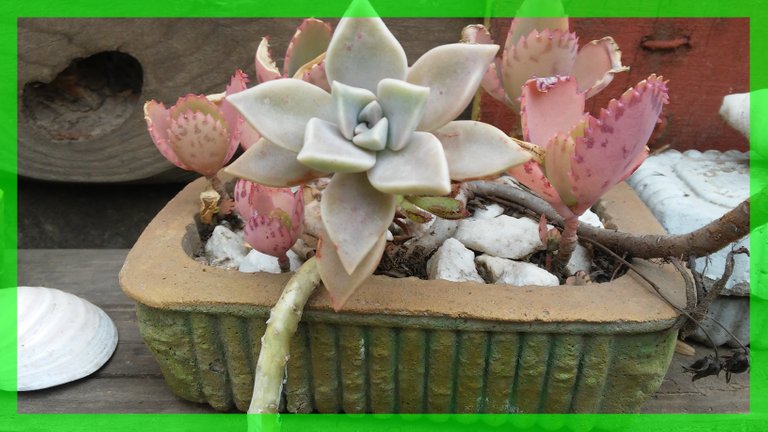
It is so easy to reproduce that you only have to take several seeds and place them in the ground anywhere and in a short time you will see the new plants grow. This is what I did with some of them a couple of months ago when I was pruning the citrus trees in my garden (orange and mandarin) which I talked about in detail and with photos in these posts. See now in the photos how they have developed.
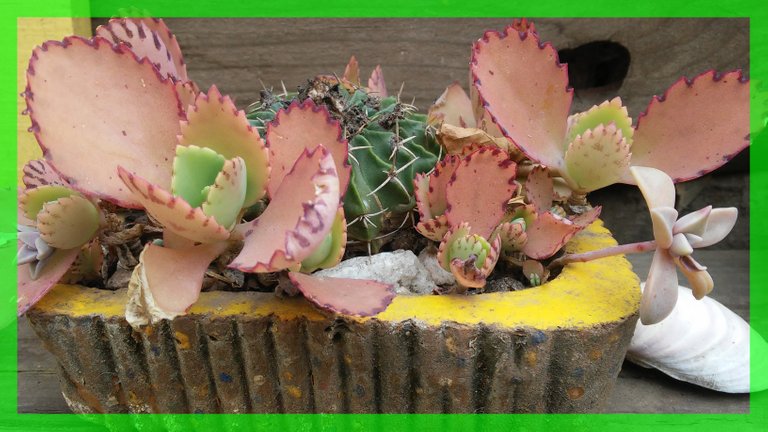
Its real name is Kalanchoe and some say that it is indispensable to have it outdoors because it produces cardiovascular complications. I really don't know, on the other hand succulents are almost always placed outdoors.

It has an African origin like many other succulents that support desert or extremely dry climates but then have been adapting without difficulty to more humid and less dry climates. Its main enemies are the excess of humidity and too low temperatures. In this case it is a good technique to protect them with a plastic sheet until this climatic condition is overcome.
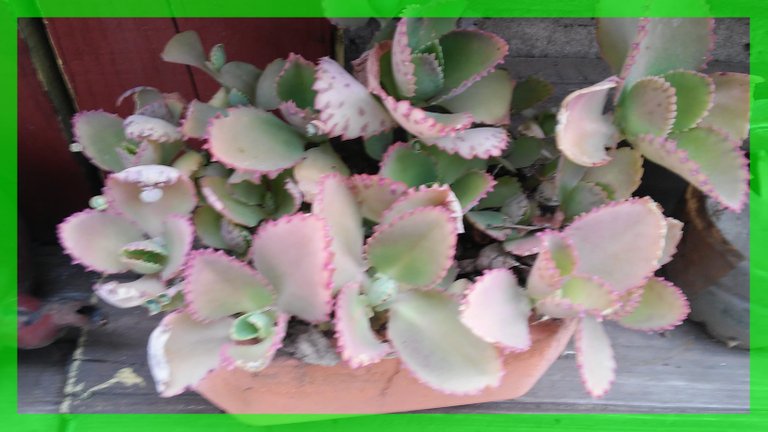
Like other succulents it has anti-inflammatory properties and often prevents the formation of kidney stones. However also as the rest of the succulents we must be attentive with its ingestion because it can be toxic. The idea is to remove the skin and apply the gelatinous substance that forms the leaf on the affected part that you want to cure or combat.
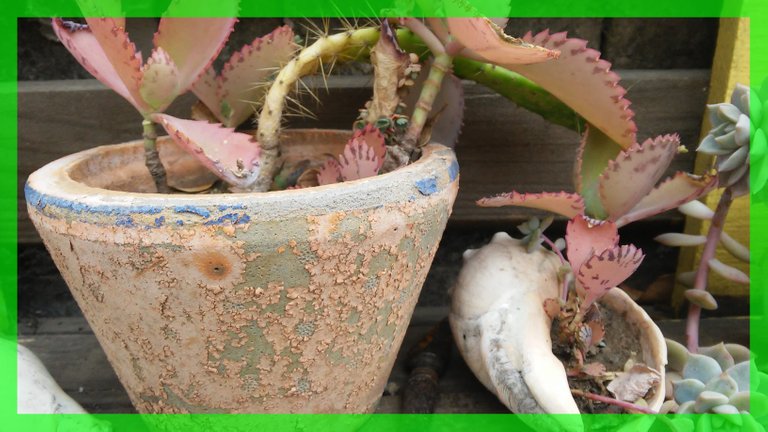
According to information I have in various treatises on gardening there are more than 125 species, detected so far worldwide, in different environmental conditions, because although it supports heat well, for example, it also supports the shade. Another characteristic is its resistance to pests and diseases.
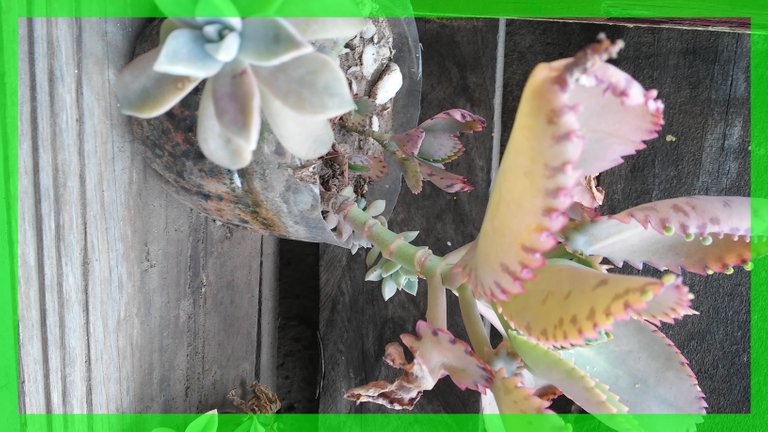
I have seen in some exhibitions a very nice Kalanchoe with red edges called "donkey's ears", actually the scientific name is gastonis-bonnieri), another variety is called "Goethe's plant" in homage to the German botanist who studied it for the first time.
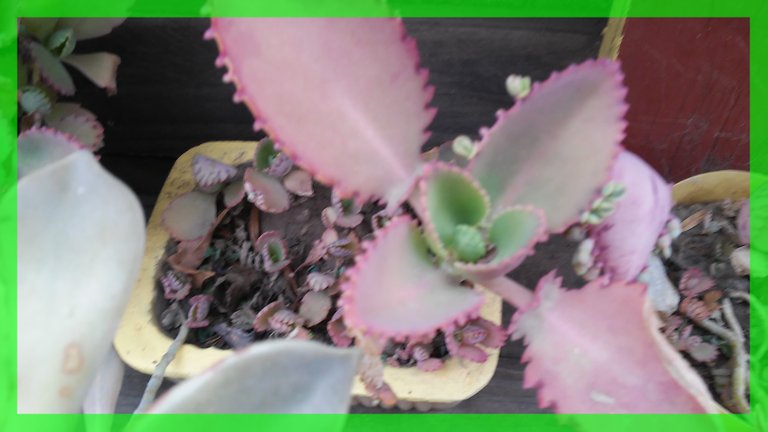
The varieties that I have in my garden are the most normal or common ones and belong to the Kalanchoe daigremontiana genus.
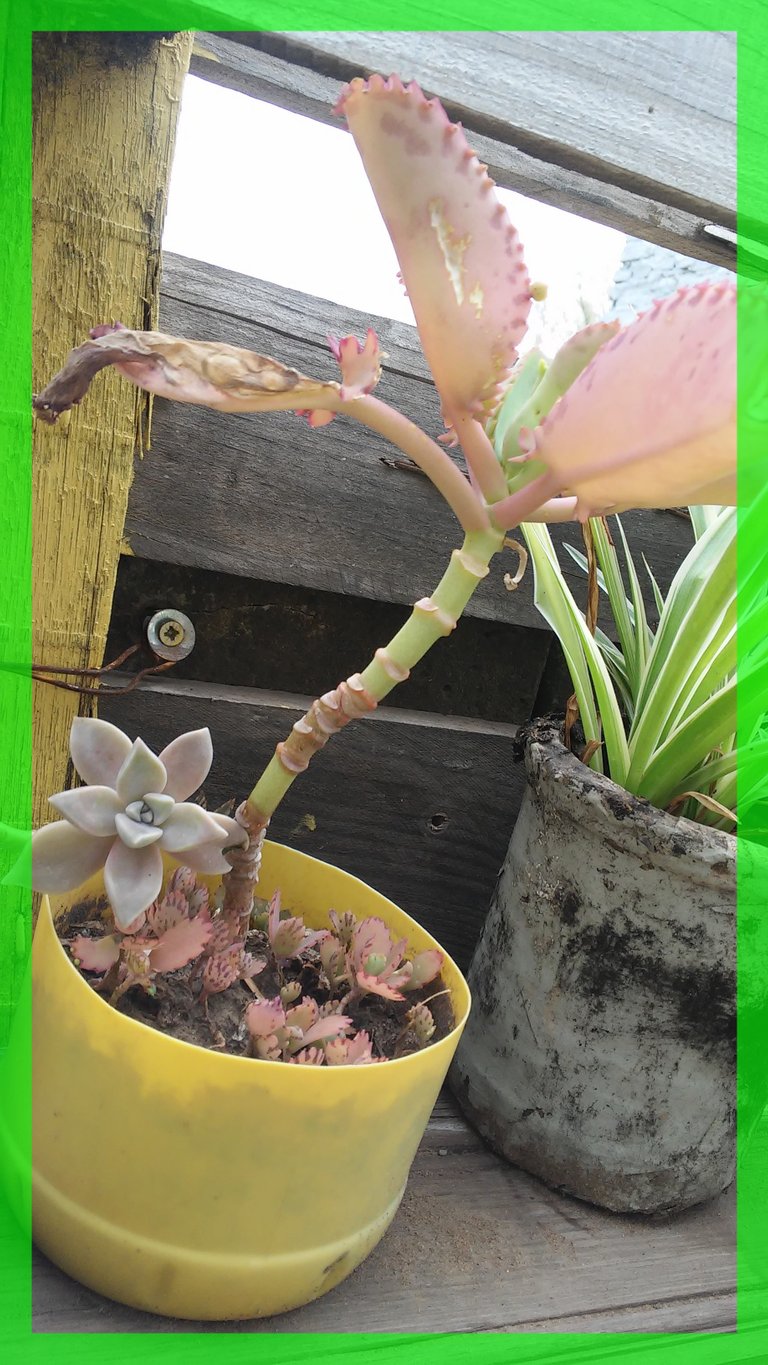
These succulents are just gorgeous to look at, I love it.
It is true, apart from that they have the advantage that they can be composed in a kind of collage like the photo @afterglow
Congratulations @goisal! You have completed the following achievement on the Hive blockchain and have been rewarded with new badge(s):
Your next target is to reach 2250 upvotes.
You can view your badges on your board and compare yourself to others in the Ranking
If you no longer want to receive notifications, reply to this comment with the word
STOPCheck out the last post from @hivebuzz:
Thank you for curating and supporting my content @hivebuzz
I have always been drawn to succulent plants. Because of their pure beauty and incredible endurance, as they thrive in extreme climatic conditions, and this attraction is completely psychologically justified. 😊 As for the name... sometimes people are pretty inventive. Sometimes after a while it is difficult to understand exactly what they meant when they named something. 😁
Beautiful plant!
You are right, they are very noble plants because they deliver all their beauty throughout the year (you only have to protect them in winter) and they ask for too little: the minimum humidity in cases of prolonged drought.
Decoratively, they are very beautiful. At this moment I am adapting a pallet that I use in a move to replant segments, branches and seeds that are falling. They don't even ask too much care for it. It is enough to support them on the ground and in a few days they begin to be born.
In a next post, I will publish the flowers they give. Truly beautiful and very small, but of an incomparable delicacy.
Thanks for comment @soulsdetour.
Reading how poetically you express yourself talking about them, I understand how much you love them. Yes, every gardener loves his children, whom he has cared for so much (even if you claim that they do not require much care, you give them other things - attention, love and admiration.)
It will be interesting to see their flowers too 😊